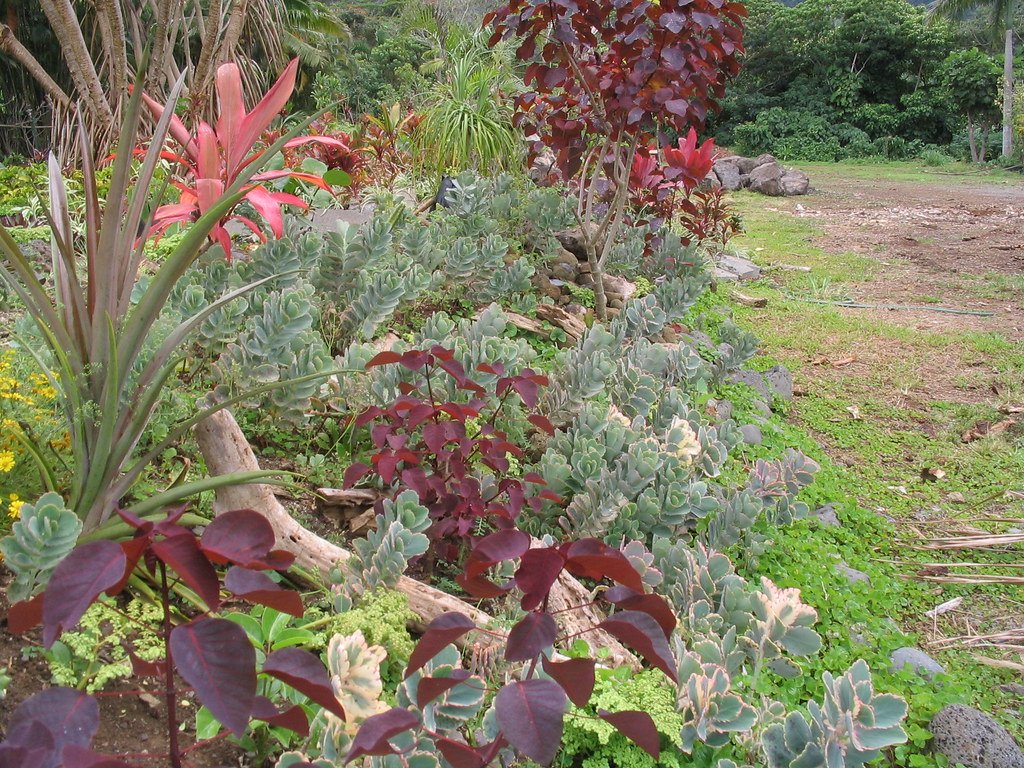The desert has a secret: it’s not just a place of silence and sand, but a living, breathing tapestry of color and life—if you know where to look. Against all odds, landscapes in Arizona and New Mexico burst into bloom, echoing the wisdom of Indigenous communities who have understood for centuries how to coax beauty and sustenance from the harshest soils. Their techniques, rooted in respect for the land, are now inspiring a new generation of gardeners and scientists alike. Imagine stepping into a garden where every plant is perfectly adapted to thrive, where water is a precious gift, and where the ancient meets the modern in a celebration of survival. This is the story of Indigenous xeriscaping—a way of gardening that is as practical as it is profound, and as beautiful as it is resilient.
Embracing the Wisdom of the Land
Indigenous peoples of the Southwest have always been attuned to the rhythm of the desert. Long before the term “xeriscaping” was coined, tribes like the Tohono O’odham, Hopi, and Puebloans developed methods to harness the scarce rainfall and nurture native plants. They learned to read the land like a book, understanding where water pools after a brief storm, which slopes capture the morning sun, and which valleys offer shelter from relentless winds. This deep connection to place allowed them to create lush oases that provided food, medicine, and shade—transforming what many saw as barren into a landscape teeming with life. Their approach was never about fighting the desert, but about working with it, honoring every drop of rain and every seed that took root.
The Science Behind Xeriscaping
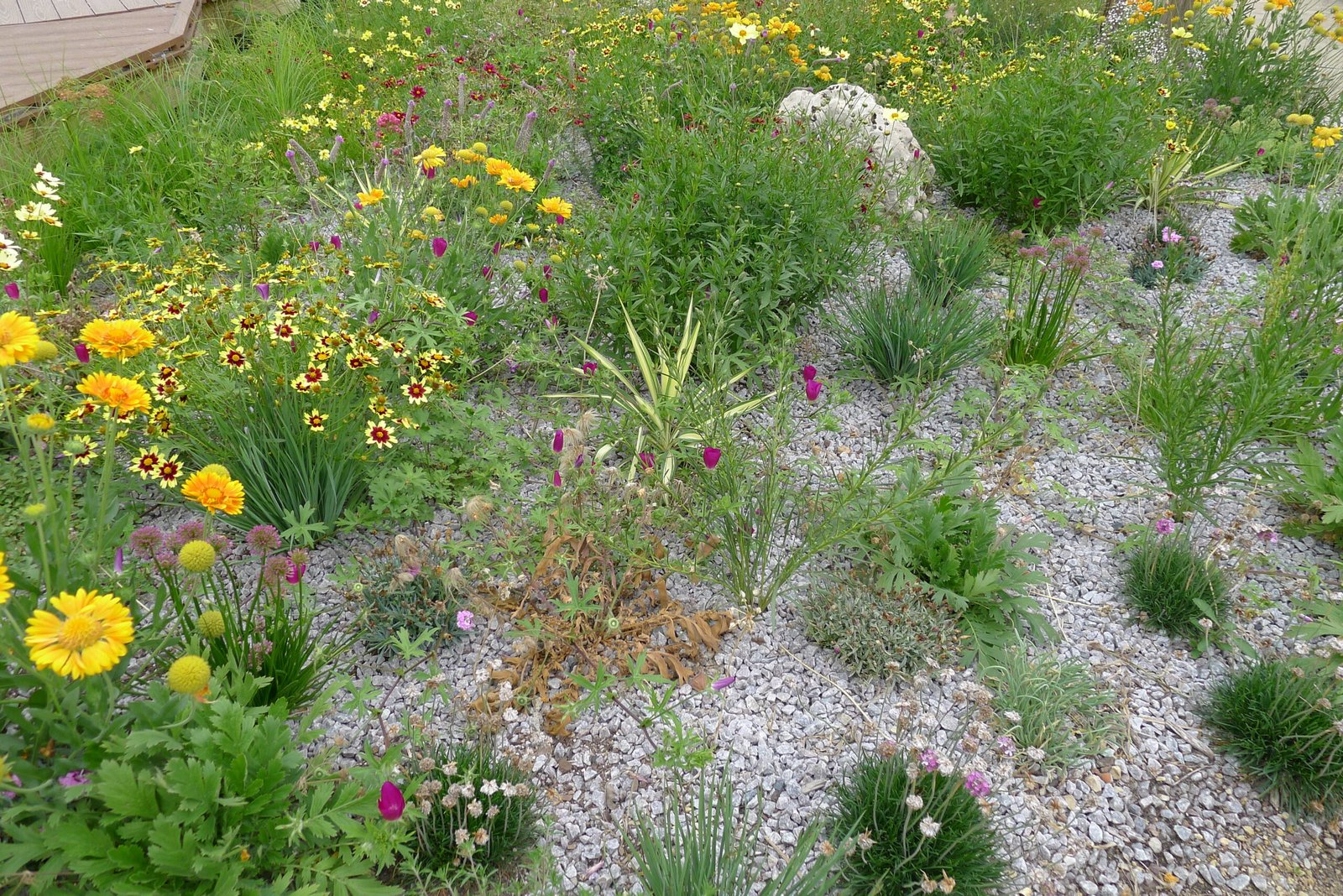
Xeriscaping is more than just planting cacti—it’s a scientific approach to gardening that focuses on water conservation and ecosystem health. The process begins with careful planning: grouping plants by their water needs, amending soil for better water retention, and using organic mulch to keep roots cool. Native plants, which have evolved over millennia to survive drought and extreme temperatures, are at the heart of this method. Scientific studies find that xeriscaped gardens use up to 75% less water than traditional lawns. By modeling their gardens after natural desert patterns, Indigenous communities have demonstrated how strategic plant placement and soil management can turn even the driest landscapes into thriving habitats.
Native Plants: The Heart of the Desert Garden

Nothing captures the spirit of the Southwest like a field of blooming desert marigolds, prickly pear cacti heavy with fruit, or the delicate blossoms of the yucca. Indigenous xeriscaping places native species front and center, ensuring gardens are not only water-wise but also resilient against pests and disease. Plants like the mesquite, agave, and cholla not only survive but flourish with minimal irrigation, their deep roots helping to stabilize soil and prevent erosion. Many of these plants also offer food and materials—prickly pear pads can be eaten, mesquite pods ground into flour, and yucca fibers woven into baskets. Every plant serves a purpose, reflecting a holistic vision in which beauty, utility, and sustainability are intertwined.
Traditional Water Harvesting Techniques
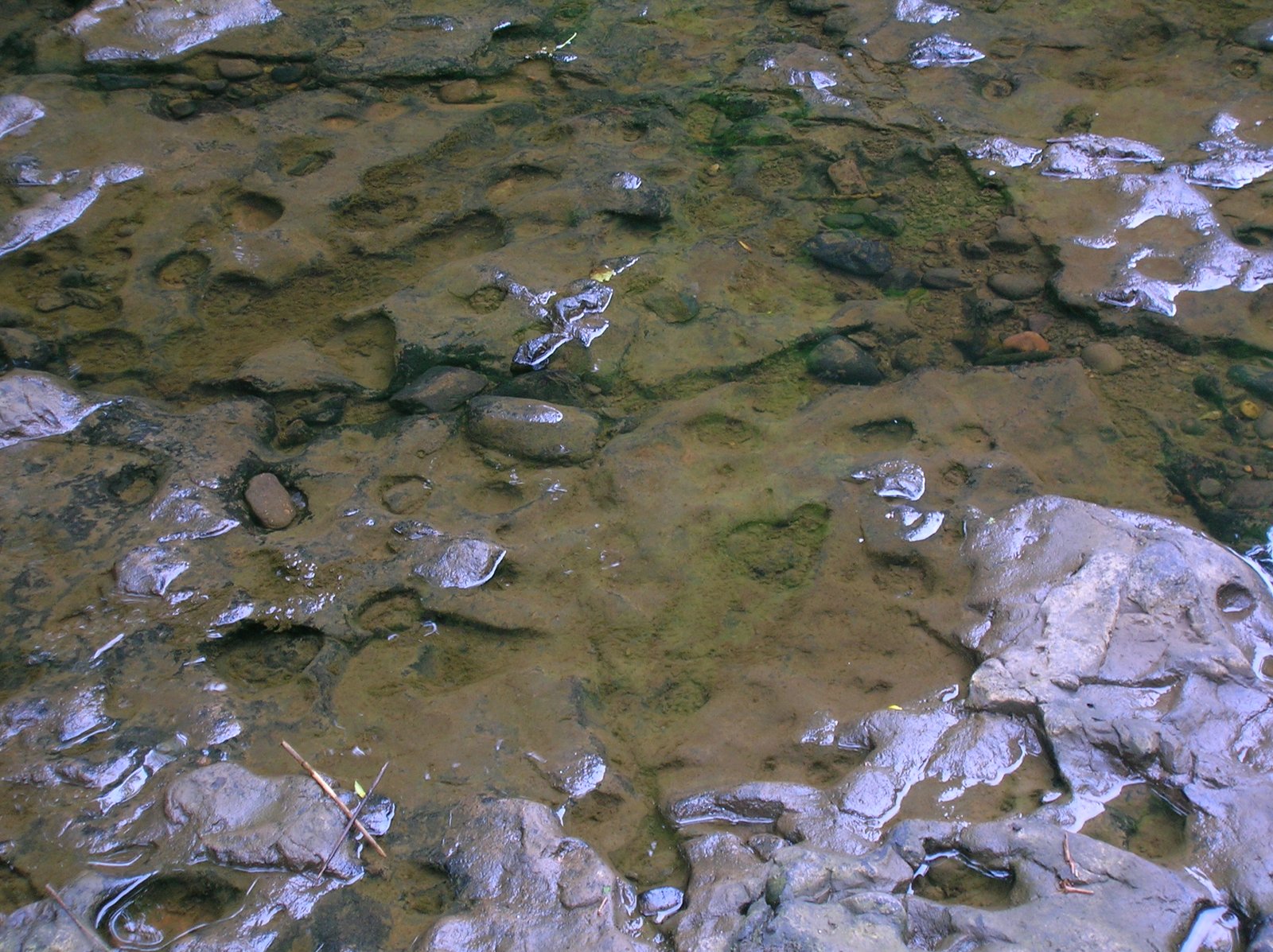
Water is life in the desert, and traditional Indigenous methods of harvesting and conserving it are ingenious. Rock basins, hand-dug swales, and earthen berms slow down runoff and direct precious rainwater to the roots of plants. The Zuni waffle garden, for example, uses small, sunken plots bordered by raised soil to capture and hold moisture, reducing evaporation and maximizing every drop. Clay pot irrigation, another ancient technique, involves burying porous pots that slowly release water directly to plant roots. These time-tested systems are not just relics—they are powerful tools in today’s fight against drought and climate change.
Soil as a Living Partner
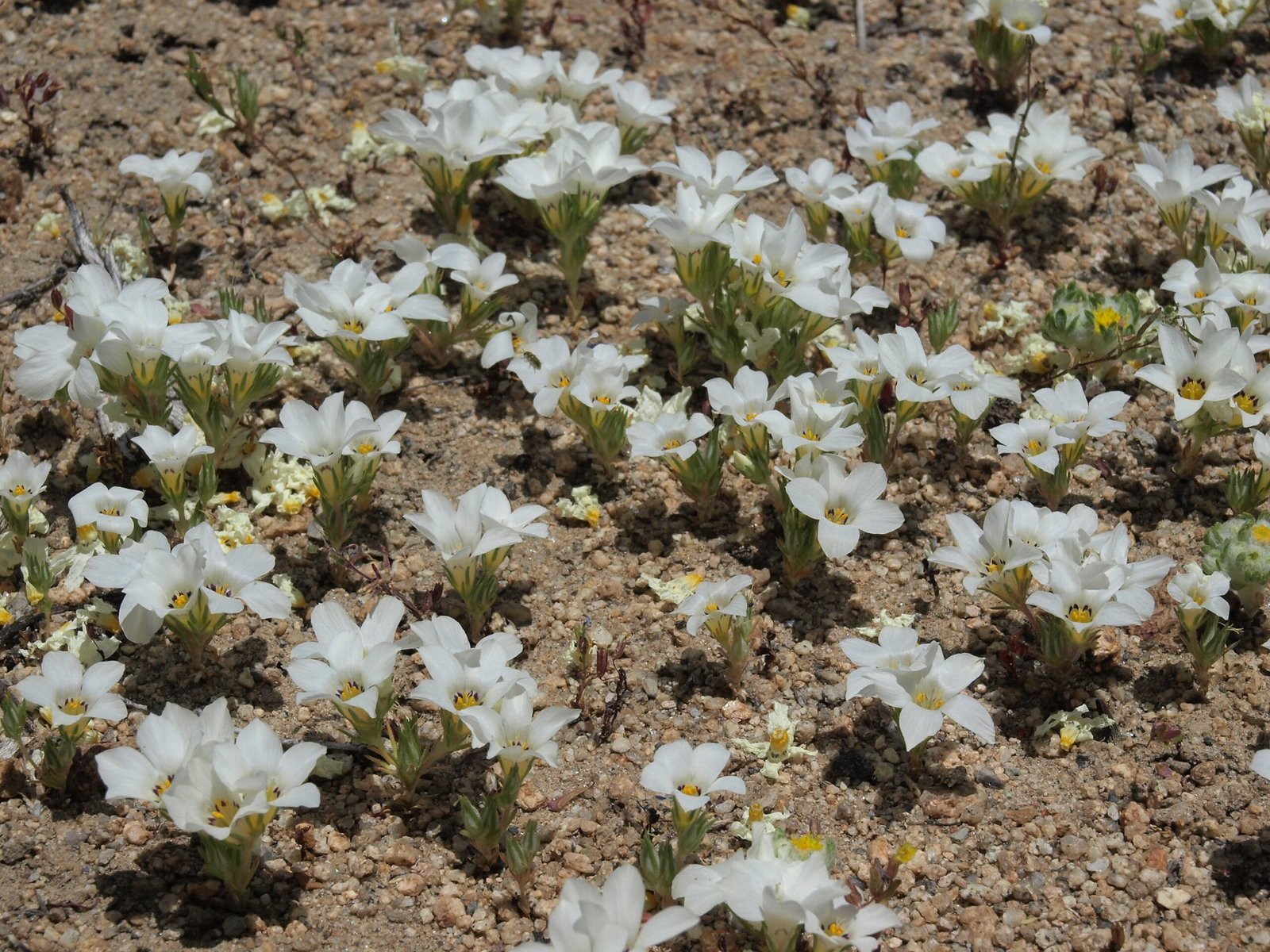
In the arid Southwest, soil is more than just dirt—it’s a living partner in the dance of survival. Indigenous gardeners enrich the soil with composted plant material, fish remains, and even crushed bones, creating a web of nutrients that supports healthy root systems. They understand that desert soils are often thin and mineral-rich but lacking in organic matter, so every bit of enrichment counts. Microorganisms, fungi, and earthworms are encouraged to thrive, transforming the soil into a sponge that captures and holds moisture. Healthy soil is the foundation of a successful xeriscape, ensuring that every plant has the strength to withstand the elements.
Capturing the Spirit of Place
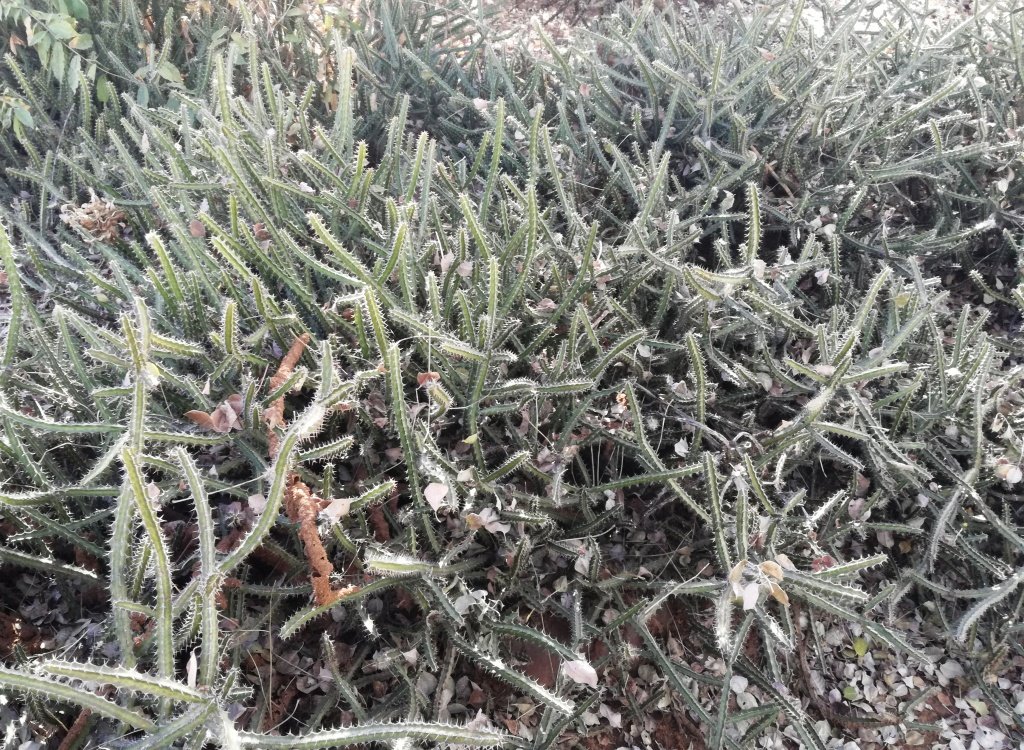
Every Indigenous xeriscape tells a story—a story rooted in history, culture, and spiritual connection. Pathways lined with stones echo ancient trails, while shade structures made from saguaro ribs and willow branches recall traditional ramadas. Decorative pottery, woven mats, and painted rocks add personal touches that honor ancestry and identity. These gardens are living museums, preserving not just plants but the stories and traditions of those who came before. By weaving cultural elements into the design, each garden becomes a celebration of survival, adaptation, and reverence for the land.
Wildlife and Pollinator Havens
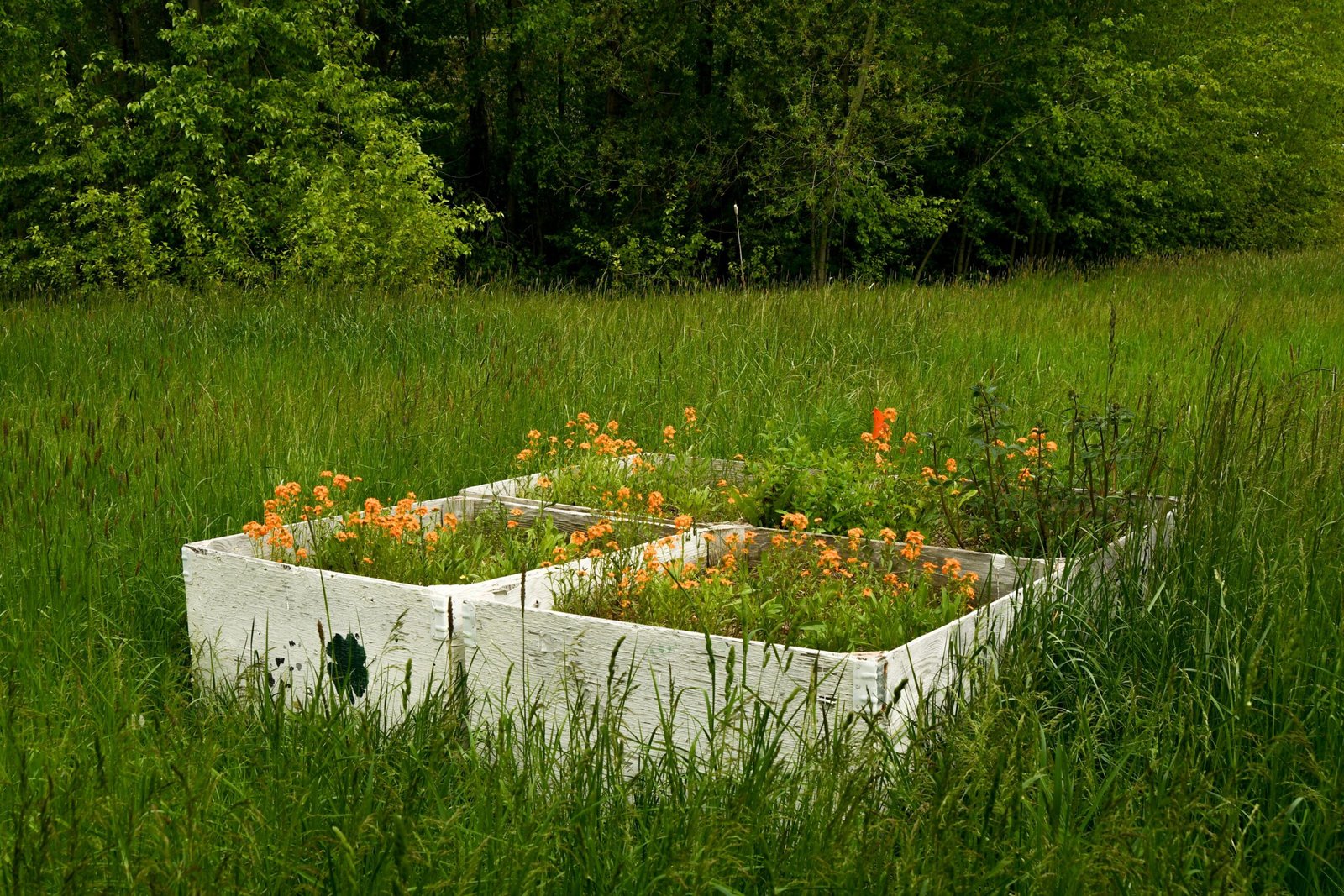
A xeriscaped garden bursts with life, attracting hummingbirds, bees, butterflies, and lizards. Native plants provide nectar, pollen, and shelter for a diverse array of creatures, creating a balanced ecosystem where every living thing has a role. Indigenous peoples have long recognized the importance of supporting pollinators, whose presence ensures the continued growth of food and medicinal plants. Monarch butterflies rest on milkweed, bees dance among penstemons, and quail find refuge under dense shrubs. The result is not just a garden, but a sanctuary—a place where nature’s delicate balance is cherished and preserved.
Modern Adaptations and Innovations
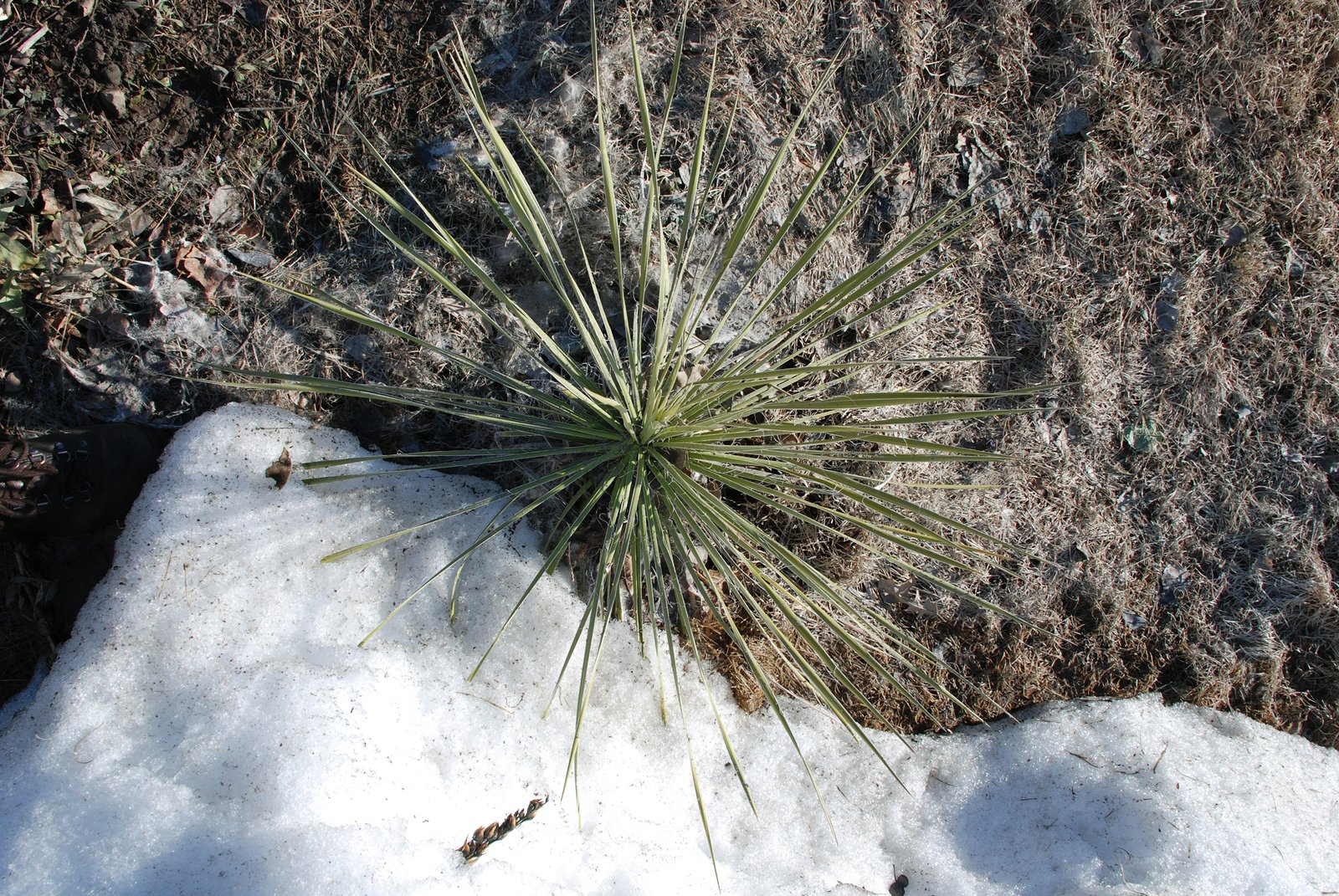
Today, Indigenous xeriscaping is inspiring a new wave of gardeners, architects, and city planners across Arizona and New Mexico. Urban neighborhoods are replacing thirsty lawns with native plantings, schools are building demonstration gardens, and local governments are offering incentives for water-wise landscaping. Modern technology—such as drip irrigation and smart weather sensors—blends seamlessly with traditional knowledge, making it easier than ever to create stunning, sustainable gardens. Indigenous voices are at the forefront of this movement, reminding us that the answers to our toughest environmental challenges often lie in the wisdom of the past.
Climate Resilience and Hope for the Future
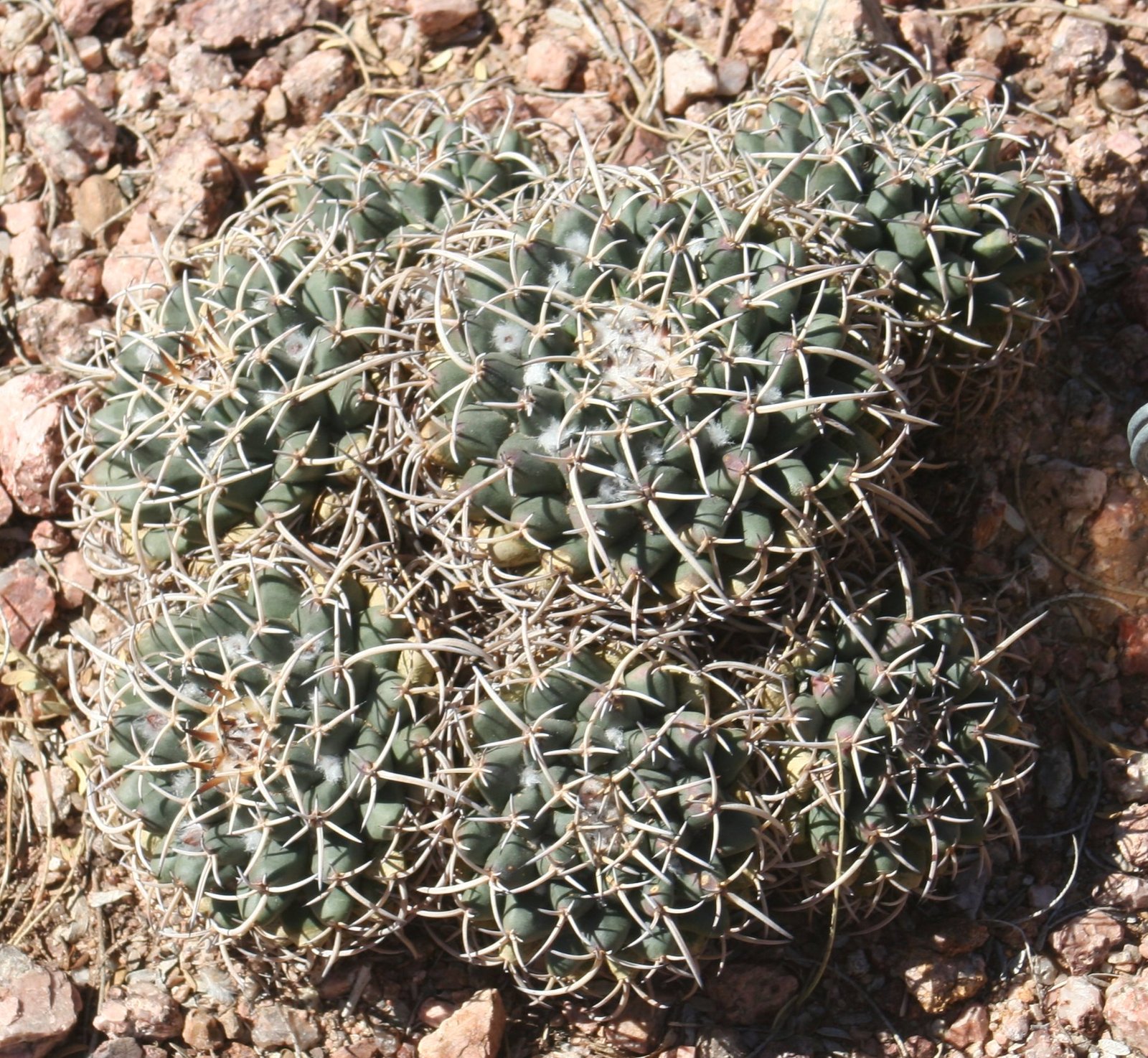
As climate change brings hotter temperatures and longer droughts, the lessons of Indigenous xeriscaping have never been more urgent. These gardens are not just beautiful—they are life rafts in a changing world, offering hope to communities facing water shortages and degraded landscapes. By choosing native plants and honoring local ecosystems, gardeners can reduce their water use, lower maintenance costs, and create green spaces that stand the test of time. The resilience built into every Indigenous xeriscape is a testament to the power of adaptation and the promise of renewal.
Bringing the Desert Bloom Home
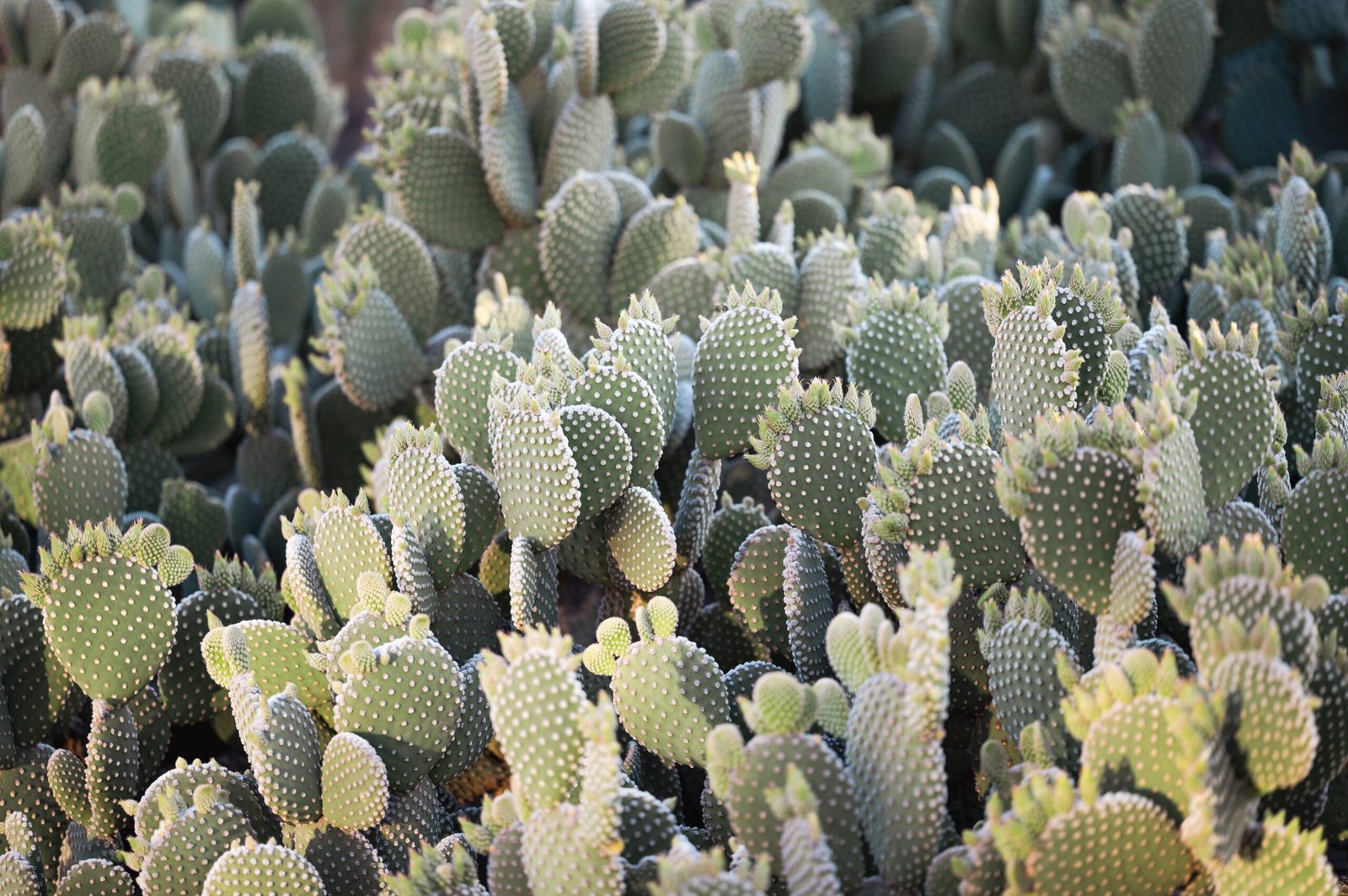
Anyone can bring the magic of Indigenous xeriscaping into their own backyard, no matter how small. Start by observing your land—where does water flow after a rain? Which spots get the most sun? Choose native plants suited to your microclimate, and arrange them in patterns that reflect natural groupings. Use mulch and organic matter to nurture the soil, and experiment with traditional water-saving techniques. Whether you plant a single agave or transform an entire yard, you become part of a movement that honors the past and looks boldly to the future.
The Unfolding Legacy of Indigenous Xeriscaping
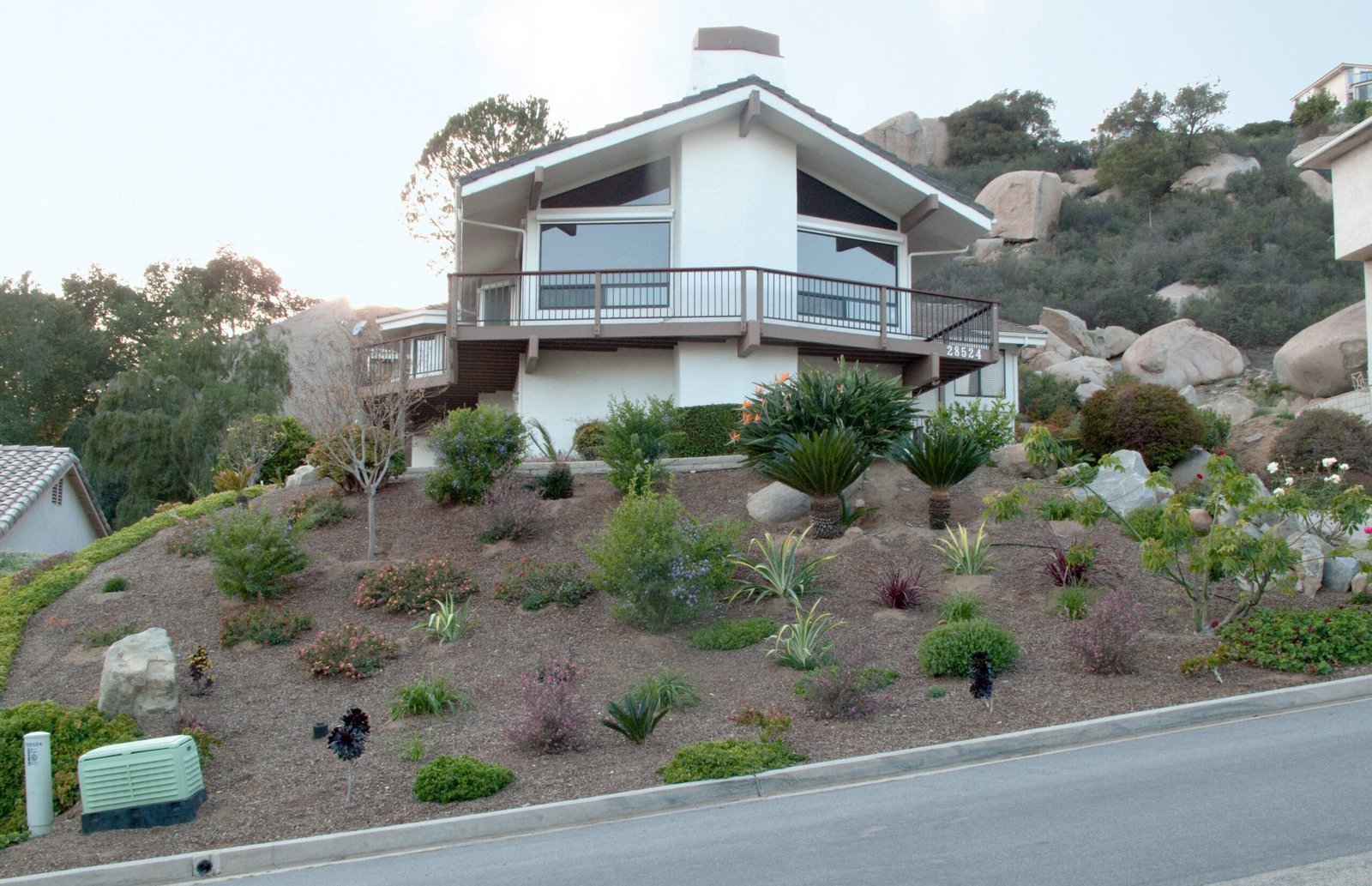
The return of the desert bloom is more than a miracle of nature—it’s a triumph of human ingenuity, resilience, and respect for the earth. As more people rediscover the ancient wisdom of Indigenous xeriscaping, Arizona and New Mexico are transforming before our eyes, showing that sustainability and beauty can go hand in hand. The desert, once seen as empty and unforgiving, is revealed as a canvas of endless possibility. The question is simple: What will you plant in the legacy of those who made the desert bloom again?

